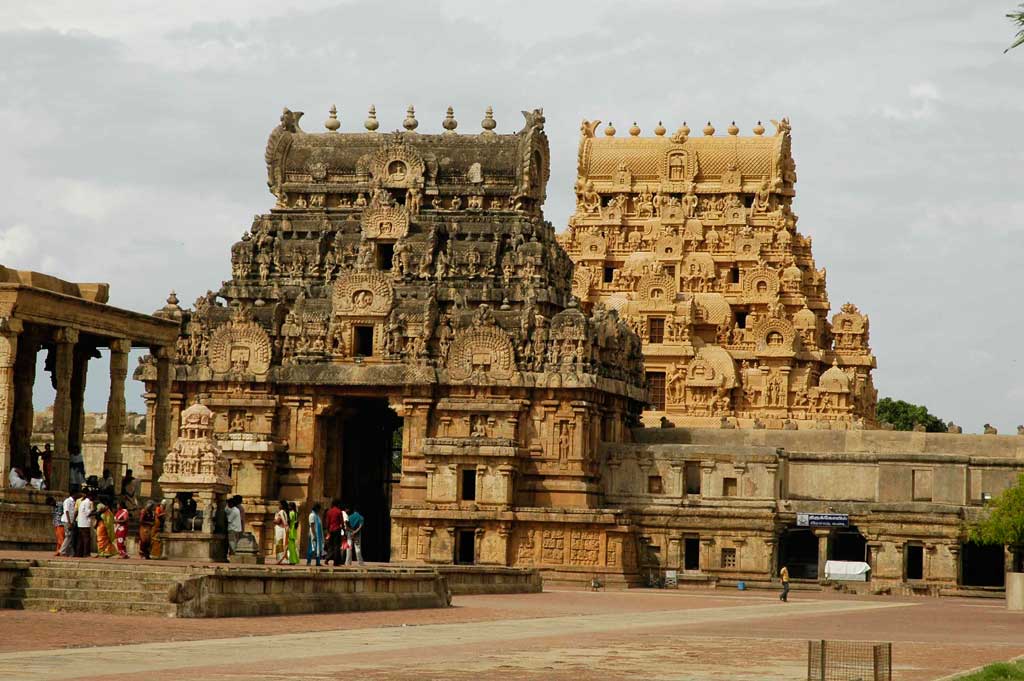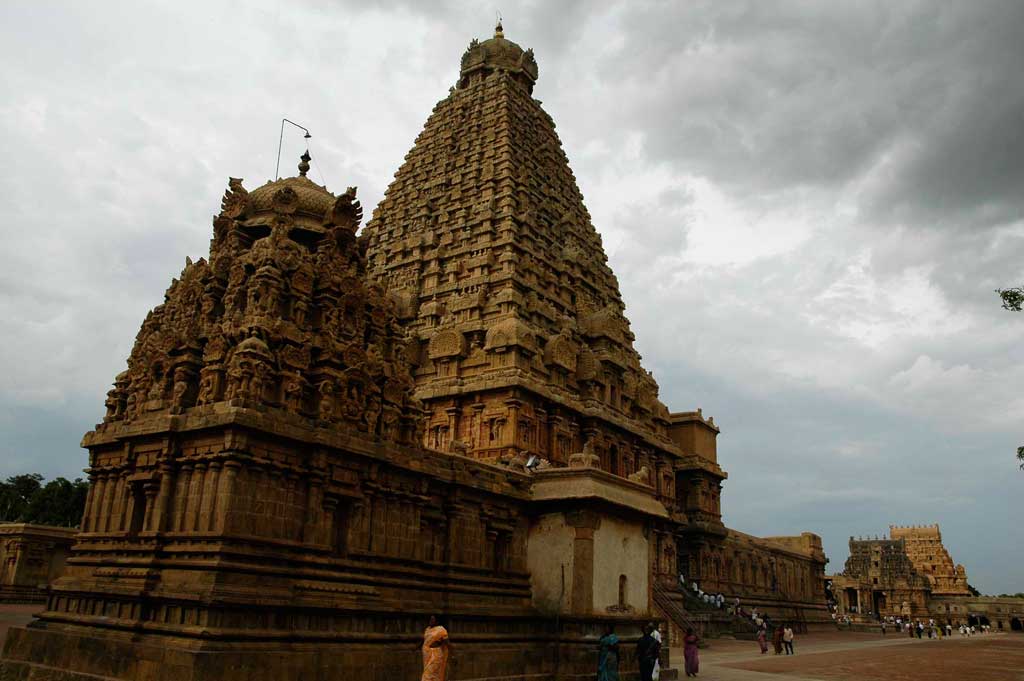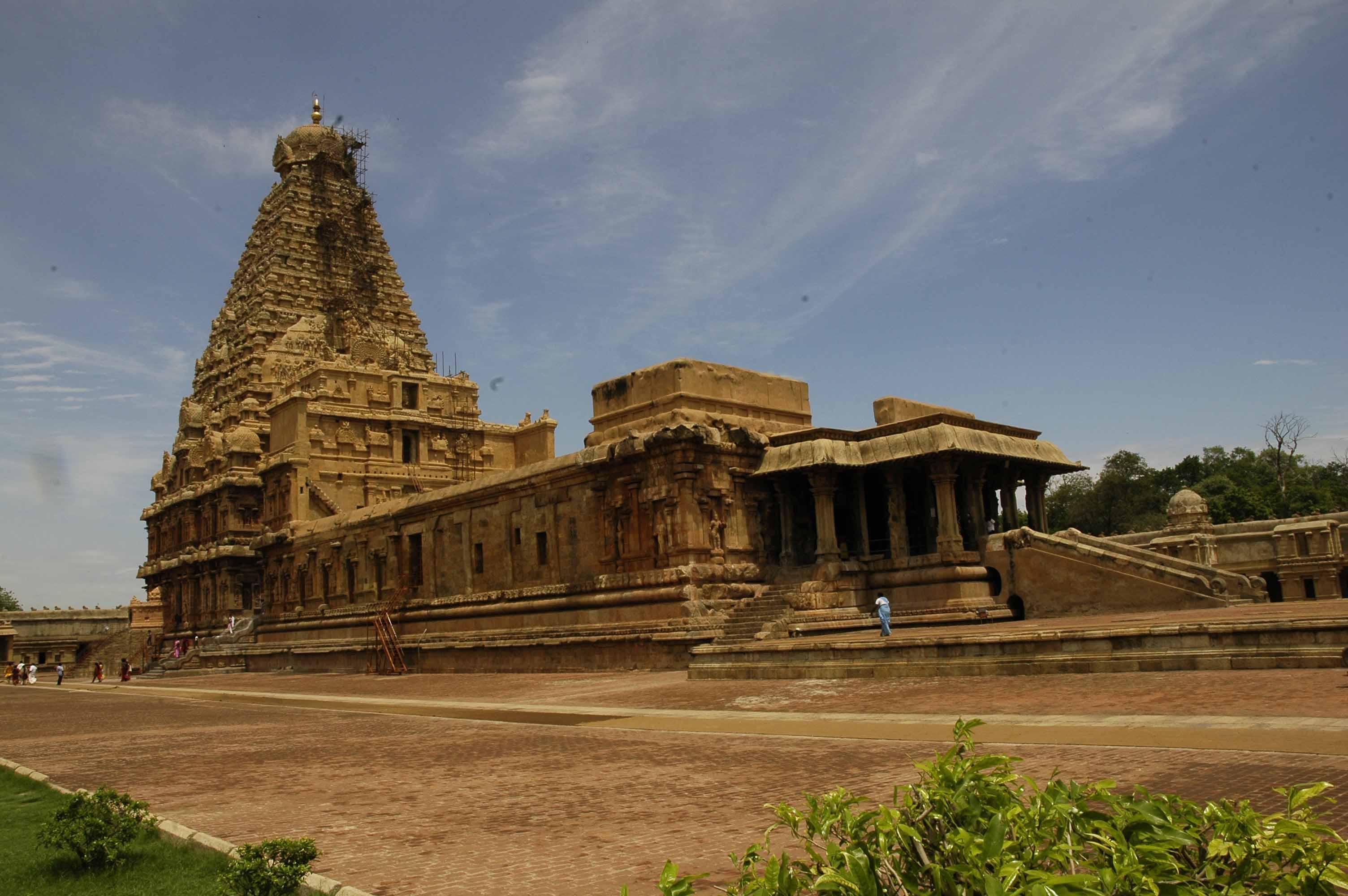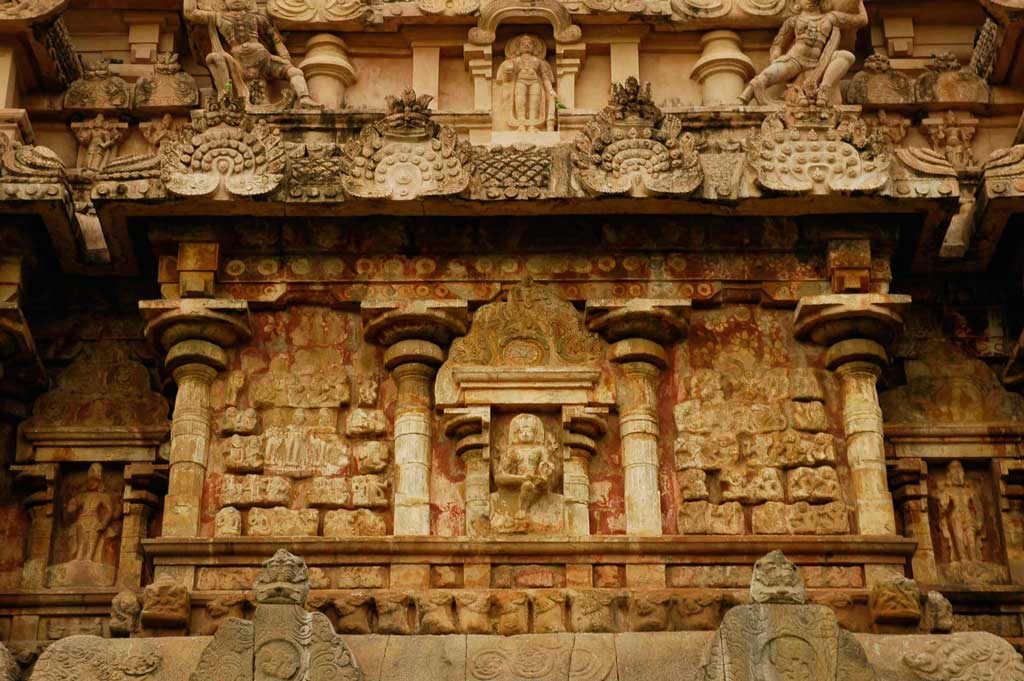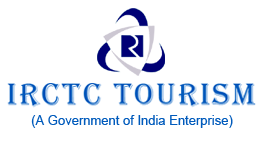Outstanding Universal Value
The great Cholas established a powerful monarchy in the 9th CE at Thanjavur and in its surroundings.
They enjoyed a long, eventful rule lasting for four and a half centuries with great achievements in all fields
of royal endeavour such as military conquest, efficient administration, cultural assimilation and promotion of
art. All three temples, the Brihadisvara at Thanjavur, the Brihadisvara at Gangaikondacholapuram and
Airavatesvara at Darasuram, are living temples. The tradition of temple worship and rituals established and
practised over a thousand years ago, based on still older Agamic texts, continues daily, weekly and annually,
as an inseparable part of life of the people.
These three temple complexes therefore form a unique group, demonstrating a progressive development of high
Chola architecture and art at its best and at the same time encapsulating a very distinctive period of Chola
history and Tamil culture.
The Brihadisvara temple at Tanjavur marks the greatest achievement of the Chola architects. Known in the
inscriptions as Dakshina Meru, the construction of this temple was inaugurated by the Chola King, Rajaraja I
(985-1012 CE) possibly in the 19th regal year (1003-1004 CE) and consecrated by his own hands in the 25th regal
year (1009-1010 CE). A massive colonnaded prakara with sub-shrines dedicated to the ashatadikpalas and a main
entrance with gopura (known as Rajarajantiruvasal) encompasses the massive temple. The sanctum itself occupies
the centre of the rear half of the rectangular court. The vimana soars to a height of 59.82meters over the
ground. This grand elevation is punctuated by a high upapitha, adhisthana with bold mouldings; the ground tier
(prastara) is divided into two levels, carrying images of Siva. Over this rises the 13 talas and is surmounted
by an octagonal sikhara. There is a circumambulatory path all around the sanctum housing a massive linga.
The temple walls are embellished with expansive and exquisite mural paintings. Eighty-one of the one hundred
and eight karanas, posed in Baharatanatya,are carved on the walls of second bhumi around the garbhagriha. There
is a shrine dedicated to Amman dating to c.13th century.
Outside the temple enclosure are the fort walls of the Sivaganga Little Fort surrounded by a moat, and the
Sivaganga Tank, constructed by the Nayaks of Tanjore of the 16th century who succeeded the imperial Cholas. The
fort walls enclose and protect the temple complex within and form part of the protected area by the
Archaeological Survey of India.
The Brihadisvara temple at Gangaikondacholapuram in the Perambalur district was built for Siva by Rajendra I
(1012-1044 CE). The temple has sculptures of exceptional quality. The bronzes of Bhogasakti and Subrahmanya are
masterpieces of Chola metal icons. The Saurapitha (Solar altar), the lotus altar with eight deities, is
considered auspicious.
The Airavatesvara temple at Tanjavur was built by the Chola king Rajaraja II (1143-1173 CE.): it is much smaller
in size as compared to the Brihadisvara temple at Tanjavur and Gangaikondacholapuram. It differs from themin
itshighly ornate execution. The temple consists of a sanctum without a circumambulatory path and axial mandapas.
The front mandapa known in the inscriptions as Rajagambhiran tirumandapam, is unique as it was conceptualized as
a chariot with wheels. The pillars of this mandapa are highly ornate. The elevation of all the units is elegant
with sculptures dominating the architecture. A number of sculptures from this temple are the masterpieces of
Chola art. The labelled miniature friezes extolling the events that happened to the 63 nayanmars (Saiva saints)
are noteworthy and reflect the deep roots of Saivism in this region. The construction of a separate temple for
Devi, slightly later than the main temple, indicates the emergence of the Amman shrine as an essential component
of the South Indian temple complex.
